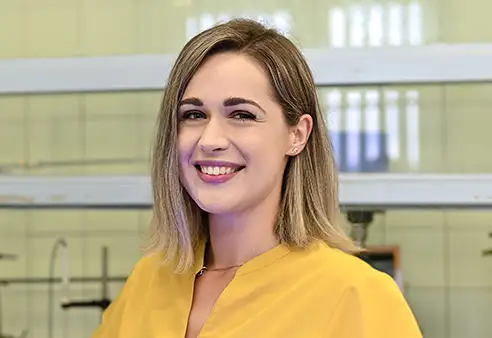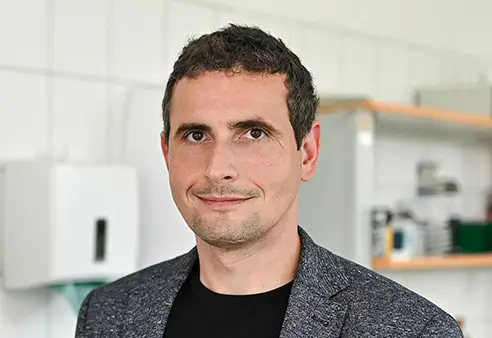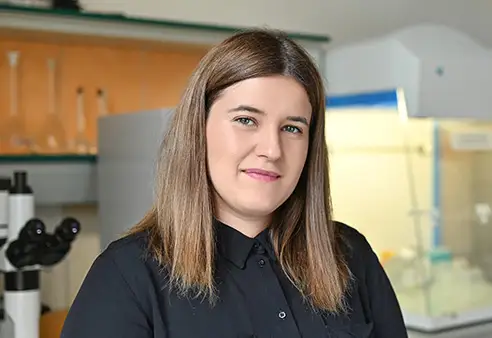Mechanochemistry uses mechanical energy to perform chemical reactions. This is the field of study of RNDr. Matej Balaz, PhD. at the Institute of Geotechnics of the Slovak Academy of Sciences (SAS) in Košice.
In a simplified way, mechanochemistry involves chemical reactions of substances in their solid phase, i.e. powders. "We exclude the use of organic solvents and rising of external temperature, which is a great environmental benefit compared to the approach of traditional chemistry," Matej Baláž explains the specifics of mechanochemistry.
High-energy grinding supplies the reacting powders with mechanical energy. How can such a mill be imagined? It consists of a grinding chamber containing grinding balls, and an engine that puts the whole system into motion.
At the Institute of Geotechnics of the Slovak Academy of Sciences, he works on the basic research in this field. Grinding does not necessarily lead to a chemical reaction. The ground material can only be mechanically activated, i.e. the specific surface area is increased or the particles reduced, and this is what is most used in the processing of waste and various raw materials. In his dissertation, Matej Baláž focused on the mechanochemical processing of eggshells. This common waste can be used, for instance, for wastewater treatment. Thanks to the effect of high-energy grinding, this ability of the eggshell was increased significantly. In addition to eggshell waste, a very wide range of other types of waste can be processed using mechanochemistry. Matej Baláž wrote a monograph on this topic.
Slovak mechanochemistry attracted the attention of a Japanese company. It was about the possibility to mechanochemically prepare a stannous sulfide compound for use in automotive brake linings. Thanks to the findings from Košice, this material is now produced in Japan’s industry.
Silver nanoparticles with very significant antibacterial activity can also be prepared by grinding. He and his colleagues from the Institute of Botany at the Faculty of Natural Sciences of Pavel Jozef Šafárik in Košice used lichens, which originated, for example, in Antarctica. They were ground in powder form with silver nitrate as a source of silver, with some of the lichens serving as a reducing agent.
Matej Baláž got into his scientific career through his father, who works in the same field, as well. For a while he considered a career of a sports commentator, but the study of chemistry prevailed at the Pavel Jozef Šafárik University in Košice. After graduating from university, he changed his focus from organic chemistry to materials science as a researcher at SAS, where he works still. He also collaborates with the Kazakh National University al-Farabi, where he works as a foreign supervisor of four doctoral students.
Among his other achievements, in 2016 he was ranked by Forbes magazine in the "30 under 30" as one of 5 people in the science category. In 2019 he received the Scientist of the Year award in the Young Scientist category and in 2021 he received the SAS Award for Popularisation.
In his free time, Matej Baláž is an athlete inside and out. He has been playing tennis since he was five years old, and although he has not become a professional, he has been in the top 100 registered players in Slovakia in singles and doubles for years. In addition, he runs and bikes regularly. He relaxes by following the NHL league in the evenings, and is also interested in the family tree and history. However, he spends most of his time with his family and his two little children.



